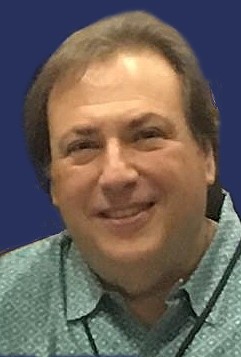Listening Inside the Music
There are no shortcuts, but it’s a skill that will serve you well.
Empathy. It’s a necessary component to successful interpersonal relationships, both personal and business. You and the other person in the equation won’t always see eye to eye, and unless you want to constantly be embroiled in disputes and bad feelings (which is a terrible way to live), you’d better develop the ability to see things from the other person’s point of view … even if you don’t necessarily agree with them.
In music, the ability to listen from other perspectives is equally important. Perhaps the hook in that song isn’t all that compelling. Perhaps the vocal is a little flat. Perhaps the tempo is shifting slightly in the first movement. Perhaps the entrance of the strings is a bit too strident.
A word of caution, though: Beware the More-Me Syndrome — something that’s familiar to every live sound or recording engineer. It goes like this: the singer wants more vocal, the guitarist wants more guitar, the drummer more drums, yadda yadda yadda. The problem is, if you simply accede to all of these demands, you end up raising everyone’s levels and the end result is a mix that is exactly the same, only louder — in other words, an exercise in futility.

Nonetheless, it’s always helpful to find a way to listen to music through other people’s ears. Or, as the late, great audio engineer Ed Cherney termed it, “listening inside the music.” I once asked Ed to elaborate. His explanation: “I’m talking about things like finding that guitar line that’s inside [one part of a song] and then finding its counter-line — being able to isolate and identify the different things that are happening in the context of the entire spectrum.”
Developing that ability — what some call critical listening — is no easy task. It does seem as if some people are born with “golden ears,” but there’s ample evidence that it’s a skill that can be learned too. Either way, it often takes many years to perfect.
“It takes a long time to learn how to pick out the balances and the timbre and the interplay between the instruments, and to make sense out of it,” Cherney told me. He attributed his own critical listening skills to a long apprenticeship he served with legendary recordist Bruce Swedien and the equally legendary producer Quincy Jones — the team that crafted most of Michael Jackson’s mega-hits in the 1980s. “The thing is,” Ed explained, “guys like me and a lot of my contemporaries worked under engineers that started in the ’40s and ’50s — the guys who built the gear that they used and went from big bands to symphonies to rockabilly and country, then eventually to rock and roll; guys who saw the technology evolve. Sitting behind the Bruce Swediens and the Phil Ramones and the Al Schmitts, we learned how to listen. It was when I worked for Bruce that I learned how to listen through someone else’s ears. I would sit behind him and listen through his ears during every mic change, every turn of a knob, every tweak of a reverb.
“Over a period of twenty years,” Ed added with his trademark self-deprecating humor, “you start to get the hang of it.” Certainly in his case it did, as evidenced by Cherney’s stellar 40+ year career that included recording Barbra Streisand, Bob Dylan, the Rolling Stones, Eric Clapton, Elton John, Jackson Browne, Bonnie Raitt, Sting, Willie Nelson and many other superstars.
The bottom line is this: Seeking and nurturing musical empathy is a critical aspect not only to your development as a musician, but to your appreciation of music overall. There are no shortcuts, but it’s a skill that’s guaranteed to pay multiple dividends over the course of a lifetime.
Photo courtesy of edcherney.com















